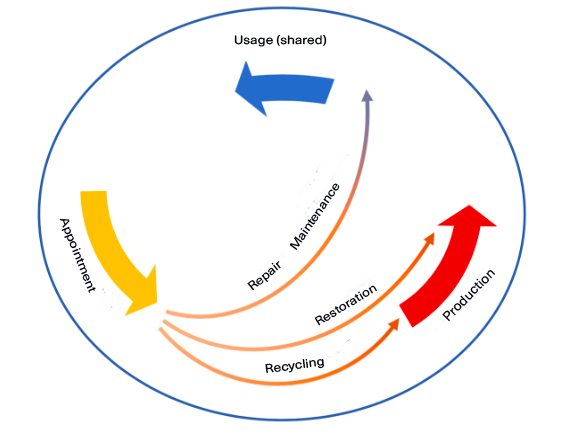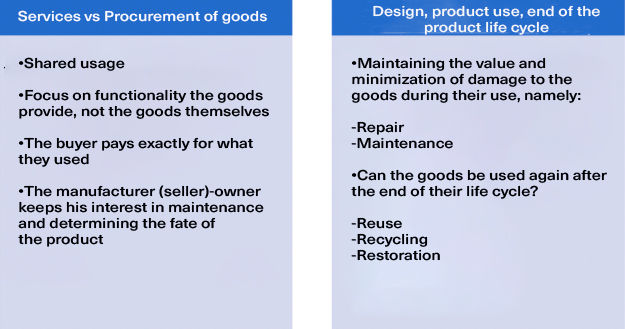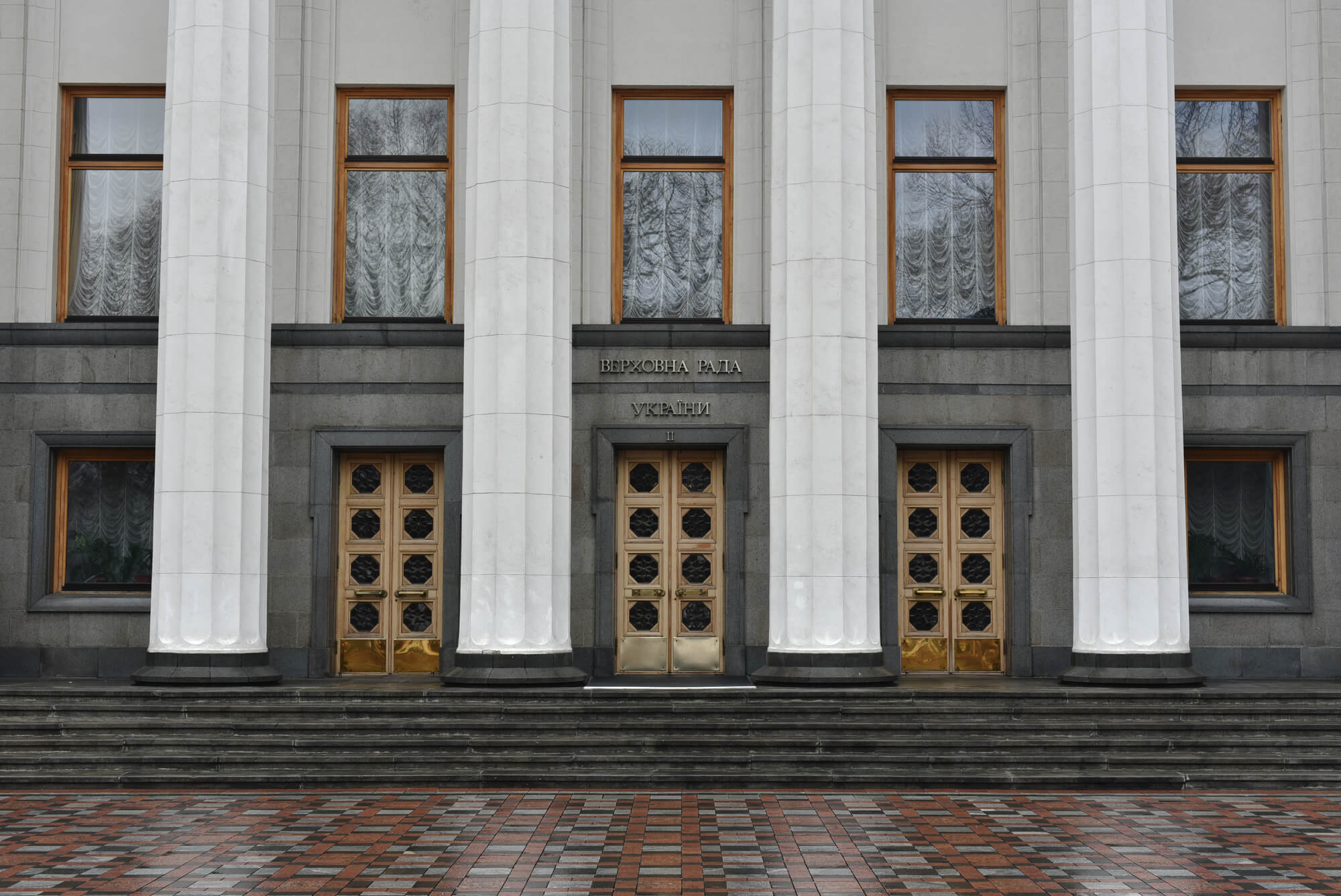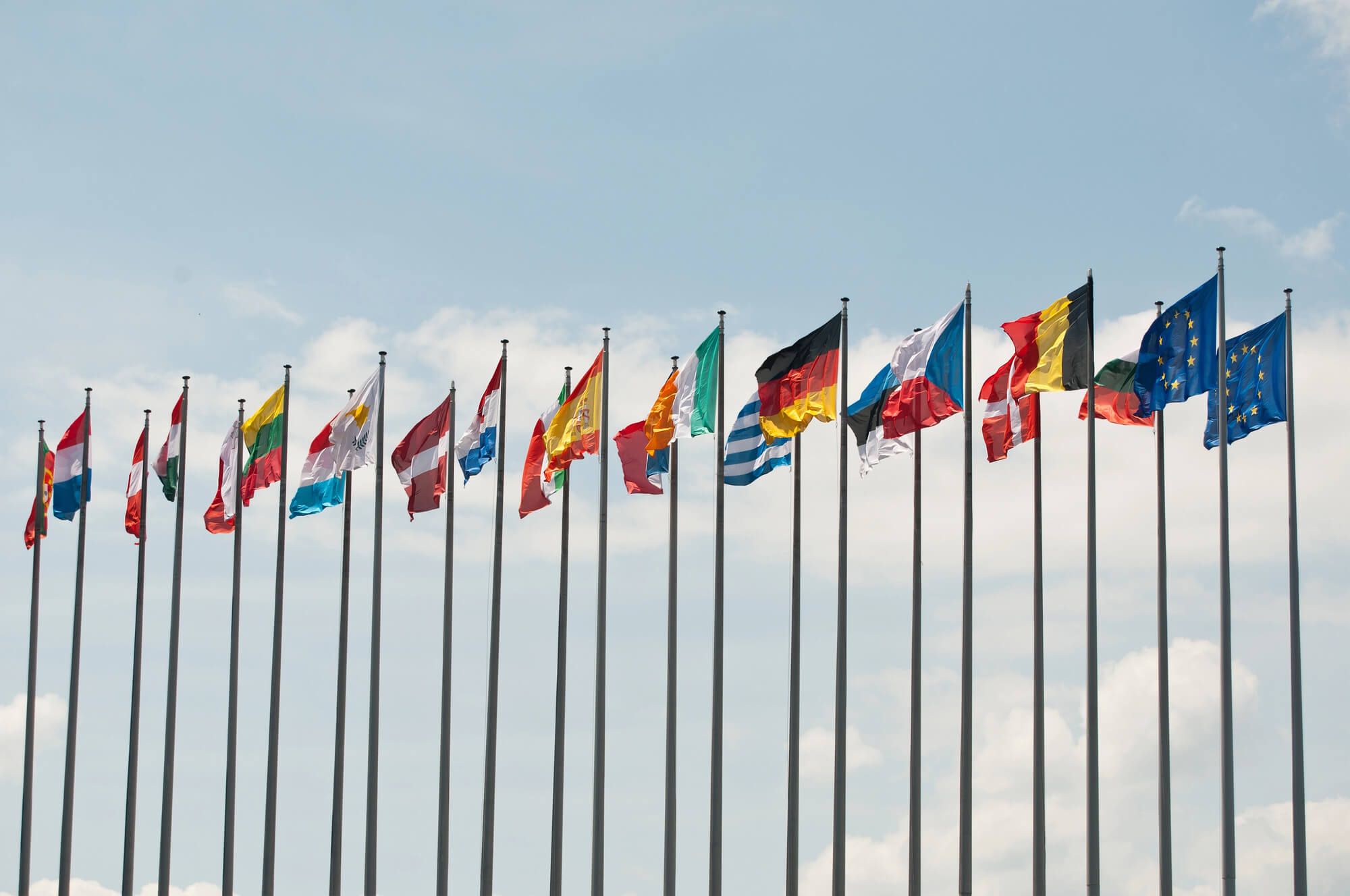Recent studies have shown that global consumption of natural resources since 1980 has far exceeded the productivity of the biosphere. Every year , environmental scientists determine the date of the so-called ecological debt, i.e. the day when humanity has already used all the resources that the planet is capable of renewing in a year. The day of ecological debt is coming earlier and earlier. While in 1970 it was December 29, in 2018 this day fell on August 1.
As of 2018, in order to provide current consumption, humanity already needed a planet 1.7 times larger than Earth. If these trends continue into 2050, the projected population of 9.6 billion will need the equivalent of almost three of our planets to provide the natural resources needed to support today’s lifestyle. This situation requires urgent radical transformational changes in the organization of society and the economy.
In this context, more and more countries around the world are joining the debate on a circular economy or a closed-loop economy (roughly speaking, when resources are used as long as possible, read more about the circular economy below). At the same time, public procurement, in essence, ensures the purchase of goods, works and services by the state to perform its functions on the best terms, which, as a rule, consist in the purchase of goods of the highest quality at the lowest price. Procurement can be a powerful way to stimulate the transition to a circular economy by supporting circular business models.
This, in turn, implies a new, more strategic approach to public procurement. To view procurement not only as a mechanism to save public funds, but also as a means of achieving other goals, including environmental.
In this article, the author attempts to analyze the essence of circular procurement, to determine the conditions under which public procurement becomes circular, and to identify potential ways to introduce such procurement in Ukraine.
Achieving the goals of the circular economy: why public procurement?
As an alternative to the traditional linear economy, which involves the extraction of resources, their processing, use and conversion into waste, circular economy promotes the use of resources as long as possible, obtaining maximum value from the use of goods, and then recovery and regeneration of goods and materials from which they are made. at the end of each term of their service. According to some estimates, recycling and waste prevention measures could save the EU, for example, € 600 billion a year, while reducing greenhouse gas emissions by 2-4%.
Linear economy

Circular economy

One of the potential means of achieving the goals of the circular economy is public procurement. Thus, the European Union (EU) in the Plan for the Circular Economy assigns a significant role to public procurement in its development, which is largely due to their annual volumes, which in the EU account for 14% of GDP. In the countries of the Organization for Economic Cooperation and Development, on average, the total volume of public procurement reachesabout 20% of GDP and 15% in countries that are not members of this organization. According to some estimates, public procurement accounts for one-fifth of world GDP. In Ukraine, they are also significant — almost 13% of GDP. Given such volumes, procurement can contribute to transformational changes in the market.
Public customers are one of the largest consumers in the market and, through the use of their purchasing power, have the opportunity to choose products that will contribute to the goals of the circular economy, and thus sustainable consumption and environmental protection. They can stimulate a critical mass of demand for greener goods that would otherwise be difficult to enter the market. Thus, procurement is a strong stimulus for eco-innovation. Compared to other means of promoting sustainable development, public procurement is a transparent tool based on the principle of fair competition, so that customers can choose the most advantageous offer.
How do circular procurements work?
As a rule, the impact of the procurement process on the supplier’s activities is linear, in which specifications and price are the main issues to be resolved between the customer and the supplier. Once the customer is determined with the technical specifications (size, color of the product, etc.), the supplier selects the resources for the production of the product, which is then transferred to the customer in accordance with the established requirements. After use, the customer usually decides how to get rid of it. Optimization of the use of raw materials for production or waste, as a rule, is not addressed in the technical specifications. This situation can be remedied by circular purchases, which must comply with the principles of the circular economy and ensure that the product has a further “life” after use. Extension of “life” is usually ensured by reusing and increasing the service life of goods through, for example, modernization, repair and reconstruction; conversion of old goods and waste into new resources, processing materials into secondary resources. Circular purchases help customers ensure that goods or materials are reused at the end of their service life in a new cycle.
There are different models of organizing circular public procurement:
- when the supplier, after using the goods, buys it from the customer (buy-sell back) for a specific price. For example, the customer sells used furniture to the manufacturer, which encourages him to restore, upgrade furniture or recycle it. However, this option is more rational in relation to the short-term usage goods, for example, with furniture the average term of its usage is approximately 9-12 years. During this time, the guarantees that the participant who delivered the goods did not cease its activities at all are small.
- The next model is the sale of goods by the customer after its use to third parties (buy-resell). An example is the sale of plastic to businesses that process it. This model of procurement stimulates processing processes and is more typical of goods that are not of interest to the supplier for reuse. This model may involve not only the sale of used goods, but also the purchase of services for its processing. That is, today, procurement can also create new ways to use and generate additional revenue from waste. Difficulties in such a model are the correct calculation of the cost of disposal of goods at the stage of purchasing a new product using the criterion of evaluating the tender offer based on the value of the product life cycle, ie calculating the approximate cost of disposal, recycling or renewal for reuse. The development of methodologies for calculating such costs for certain types of goods can alleviate the situation with the calculation of costs associated with the collection and disposal of the subject of procurement. For example, in accordance with paragraph 96 of EU Directive 2014/24 on public procurement at EU level, common methodologies for calculating life-cycle costs for certain categories of goods or services should be developed. When such methodologies are developed, they should be mandatory.
- The third model of organization of circular purchases is characterized by the fact that the customer focuses on receiving services instead of purchasing goods. In this case, the ownership of the goods remains with the supplier. A leasing service or services are purchased, but not the product itself. Among examples of the third circular model of procurement should be noted by Philips and Engie, that provide illumination Airport Schiphol (Amsterdam) airport and only pay for the consumption of light. And Philips collects light bulbs at the end of their service life for further recycling.
In 2013, in Bremen, the Senate Department of Environment, Construction and Transport replaced the existing fleet with membership in the local car sharing service. Prior to that, the Department owned 11 cars, but the level of their use was low — less than three hours a day. With the shift to car-sharing services with an online booking system, Bremen now has access to more flexible and efficient modes of transport, including electric vehicles, which saves on maintenance, parking and more.
In this model of circular procurement, an important role will be played by the procurement planning stage, when the customer must ask the question whether the purchase of goods is necessary at all, whether the service can be purchased. Quite often the product itself is not needed, but only the function it performs. As consumer funds become more dependent on the time of use of the product, they may have more incentives to reduce it, thus reducing the environmental impact during use. Such processes are often covered by the concept of “leasing society”, which, according to the definition of the European Parliament, is characterized by new relationships between producers and consumers, based on more service-oriented business models. Changes in the ownership structure in the leasing company shift the responsibility for the maintenance, maintenance and disposal of goods to producers / sellers. This creates incentives to produce more durable and resource-efficient goods, optimize their disposal, ensure easier processing and thus reduce waste.
The key issues for circular public procurement are:

When does public procurement become circular?
It is important to note that all these models do not guarantee the implementation of circular procurement. An additional condition is required, in particular an agreement that will take place after the stage of use — the implementation of the functional purpose of the subject of procurement. If there is no appropriate agreement and further control, then such procurements provide only for the possibility of closing the energy or material circuit in the supply chain. When do public procurements become circular?
For example, if utensils are made of a material that can be recycled after use, in particular plastic, it does not automatically contribute to sustainable development if it is simply thrown away after use because the customer did not know it could be recycled or the contract does not provide that the utensils should be sold to the business entity engaged in the processing of this material. In fact, such a purchase becomes circular provided that its value is maintained and the degree of damage or destruction is minimized, as well and further action is taken to maximize the life cycle of the product and resources.
In order for this “circular” criteria for further action on the product to be met, it is necessary to correctly determine the technical specifications at the stage of first purchase of the product. It is important for the customer to immediately design the product, which will provide for the possibility of reuse of components, their repair and improvement. For example, there should be mandatory requirements in the technical specifications that the bidder must provide documents proving that their product can be disassembled with standard tools that allow reuse, renewal, repair or recycling. Furniture must be designed in such a way that it can be disassembled without permanent fastening elements (eg glue). Such mandatory requirements for office furniture for reuse and renewal have been developed in the United Kingdom and are called “Government Procurement Standards for Office Furniture”, which are mandatory for customers who have committed themselves to these standards.
In Ukraine, it is considered appropriate to introduce planning principles in the development of circular procurement, in particular by setting a recommended percentage of procurement to which customers should strive, which is consistent with the practice of EU member states to develop national plans for green procurement.
For example, in the Netherlands, 32 municipalities and 2 provinces have set a target of 50% of all purchases being fully circular by 2025. One of the means of gradual introduction of circular procurement in Ukraine is the development of standard specifications for certain categories of goods that have a high potential for reuse, extension or recycling to ensure the convenience of customers during procurement. Circular procurement should play an important role in achieving the global Sustainable Development Goals by 2030, to which Ukraine has joined, including Objective 12 — responsible consumption and production, which among the tasks determines the development of sustainable public procurement.
Attention
The author doesn`t work for, consult to, own shares in or receive funding from any company or organization that would benefit from this article, and have no relevant affiliations



